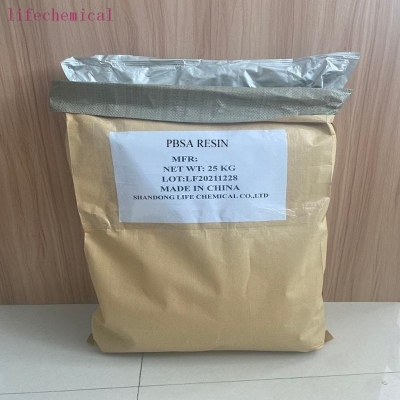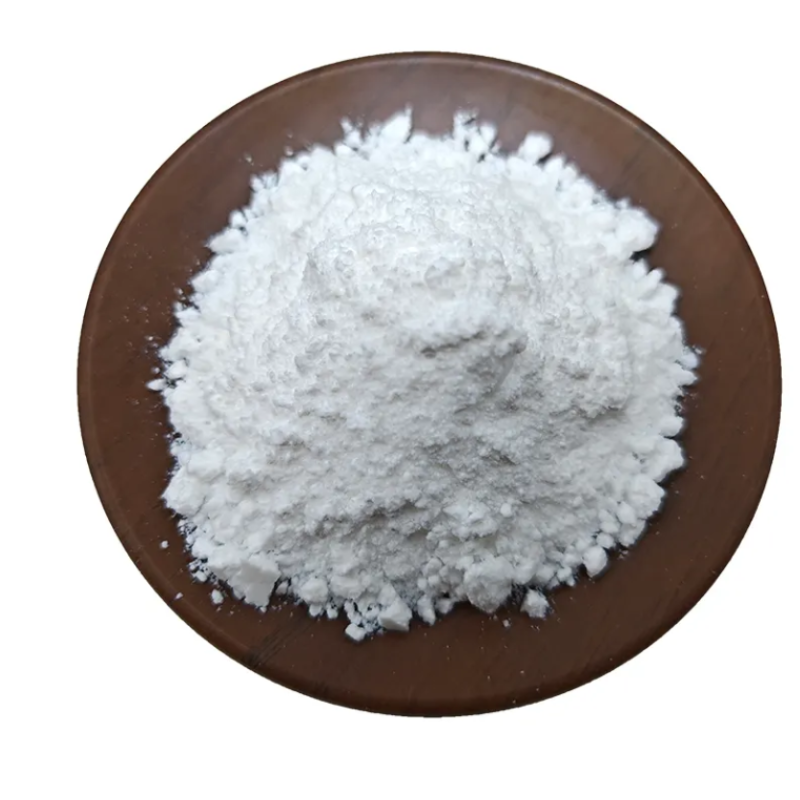-
Categories
-
Pharmaceutical Intermediates
-
Active Pharmaceutical Ingredients
-
Food Additives
- Industrial Coatings
- Agrochemicals
- Dyes and Pigments
- Surfactant
- Flavors and Fragrances
- Chemical Reagents
- Catalyst and Auxiliary
- Natural Products
- Inorganic Chemistry
-
Organic Chemistry
-
Biochemical Engineering
- Analytical Chemistry
-
Cosmetic Ingredient
- Water Treatment Chemical
-
Pharmaceutical Intermediates
Promotion
ECHEMI Mall
Wholesale
Weekly Price
Exhibition
News
-
Trade Service
The Nuclear Energy Materials Engineering Laboratory (in preparation) of the Ningbo Institute of Materials, Chinese Academy of Sciences recently announced that a key breakthrough has been achieved in the development of a new type of silicon carbide ceramic densification and sintering aid, a project funded by the National Natural Science Foundation of China
.
The project developed a ternary layered Y3Si2C2 material.
As a new sintering aid for silicon carbide ceramics, it has the characteristics of low-temperature liquid phase existence and high-temperature phase decomposition, which can promote the rearrangement of crystal grains during high-temperature sintering of silicon carbide ceramics.
And the effect of recrystallization at the grain boundary, thereby effectively improving product performance
.
According to the researchers, because silicon carbide is a strong covalent compound and has low atom diffusion ability, it is difficult to sinter and compact at high temperatures, and high temperature sintering aids are usually added to achieve it
.
However, the use of a large amount of sintering aids will cause the high-temperature strength of silicon carbide ceramics to decrease and the thermal properties of silicon carbide ceramics to deteriorate.
Therefore, exploring a suitable sintering method for silicon carbide ceramics is the focus of attention
.
In addition, conventional ceramic processes all adopt powder metallurgy methods to achieve the mixing of sintering aids and matrix ceramic powders, which have disadvantages such as uneven mixing of additives and introduction of impurities in ball milling media
.
? In order to solve the above problems, the research team developed a new technology of particle surface coating based on the results of the neutron absorption boride ceramics developed in the early stage
.
This technology breaks through the problem of low efficiency of traditional ceramic ball milling process and successfully prepares two-phase composite powder uniformly distributed at sub-micron level.
The synthetic sintering aid uniformly wraps the core-shell structure of boron carbide, which has a significant effect on low-temperature densification and sintering
.
This method has also been successful in wrapping MAX phase ceramic coating on the surface of fibers and whiskers, showing good general applicability of the synthesis process
.
Researchers further explored experiments using molten salt method, in situ reaction coating controllable Y3Si2C2 coating on the surface of silicon carbide particles to prepare a core-shell structure composite powder
.
The composite powder has been prepared by spark plasma sintering (SPS) at 1700°C and 45MPa to achieve a relative density of 99.
5% silicon carbide ceramics.
.
? Silicon carbide ceramic is one of the modern engineering ceramics, the hardness is second only to diamond, it has a small thermal expansion coefficient, high thermal conductivity, good chemical stability, strong wear resistance, good mechanical properties and oxidation resistance at high temperatures, etc.
Characteristics, it is the most promising structural ceramics
.
Compared with other structural ceramics, silicon carbide has rich sources of raw materials and many preparation methods, which can adapt to the requirements of various working conditions.
It is the most likely to form an industrial-scale engineering structural ceramic besides alumina
.
As silicon carbide ceramics are widely used in petrochemical and other fields, improving the performance of silicon carbide ceramics while reducing production costs has become an urgent problem to be solved
.
The realization of low-temperature sintering of silicon carbide ceramics can not only significantly reduce energy consumption, but also significantly reduce production costs, which has a positive effect on promoting the industrialization of silicon carbide ceramic products
.
.
The project developed a ternary layered Y3Si2C2 material.
As a new sintering aid for silicon carbide ceramics, it has the characteristics of low-temperature liquid phase existence and high-temperature phase decomposition, which can promote the rearrangement of crystal grains during high-temperature sintering of silicon carbide ceramics.
And the effect of recrystallization at the grain boundary, thereby effectively improving product performance
.
According to the researchers, because silicon carbide is a strong covalent compound and has low atom diffusion ability, it is difficult to sinter and compact at high temperatures, and high temperature sintering aids are usually added to achieve it
.
However, the use of a large amount of sintering aids will cause the high-temperature strength of silicon carbide ceramics to decrease and the thermal properties of silicon carbide ceramics to deteriorate.
Therefore, exploring a suitable sintering method for silicon carbide ceramics is the focus of attention
.
In addition, conventional ceramic processes all adopt powder metallurgy methods to achieve the mixing of sintering aids and matrix ceramic powders, which have disadvantages such as uneven mixing of additives and introduction of impurities in ball milling media
.
? In order to solve the above problems, the research team developed a new technology of particle surface coating based on the results of the neutron absorption boride ceramics developed in the early stage
.
This technology breaks through the problem of low efficiency of traditional ceramic ball milling process and successfully prepares two-phase composite powder uniformly distributed at sub-micron level.
The synthetic sintering aid uniformly wraps the core-shell structure of boron carbide, which has a significant effect on low-temperature densification and sintering
.
This method has also been successful in wrapping MAX phase ceramic coating on the surface of fibers and whiskers, showing good general applicability of the synthesis process
.
Researchers further explored experiments using molten salt method, in situ reaction coating controllable Y3Si2C2 coating on the surface of silicon carbide particles to prepare a core-shell structure composite powder
.
The composite powder has been prepared by spark plasma sintering (SPS) at 1700°C and 45MPa to achieve a relative density of 99.
5% silicon carbide ceramics.
.
? Silicon carbide ceramic is one of the modern engineering ceramics, the hardness is second only to diamond, it has a small thermal expansion coefficient, high thermal conductivity, good chemical stability, strong wear resistance, good mechanical properties and oxidation resistance at high temperatures, etc.
Characteristics, it is the most promising structural ceramics
.
Compared with other structural ceramics, silicon carbide has rich sources of raw materials and many preparation methods, which can adapt to the requirements of various working conditions.
It is the most likely to form an industrial-scale engineering structural ceramic besides alumina
.
As silicon carbide ceramics are widely used in petrochemical and other fields, improving the performance of silicon carbide ceramics while reducing production costs has become an urgent problem to be solved
.
The realization of low-temperature sintering of silicon carbide ceramics can not only significantly reduce energy consumption, but also significantly reduce production costs, which has a positive effect on promoting the industrialization of silicon carbide ceramic products
.







